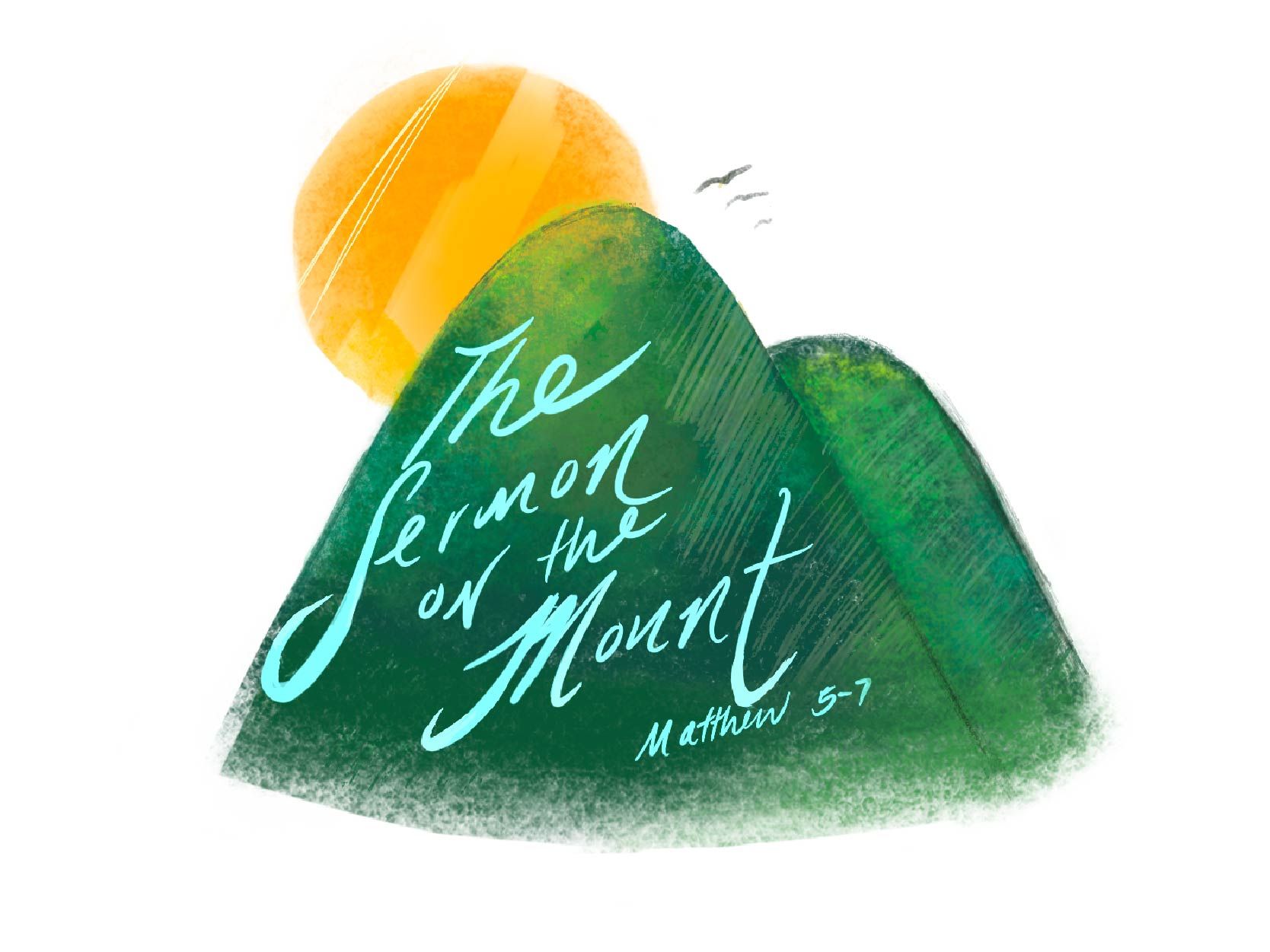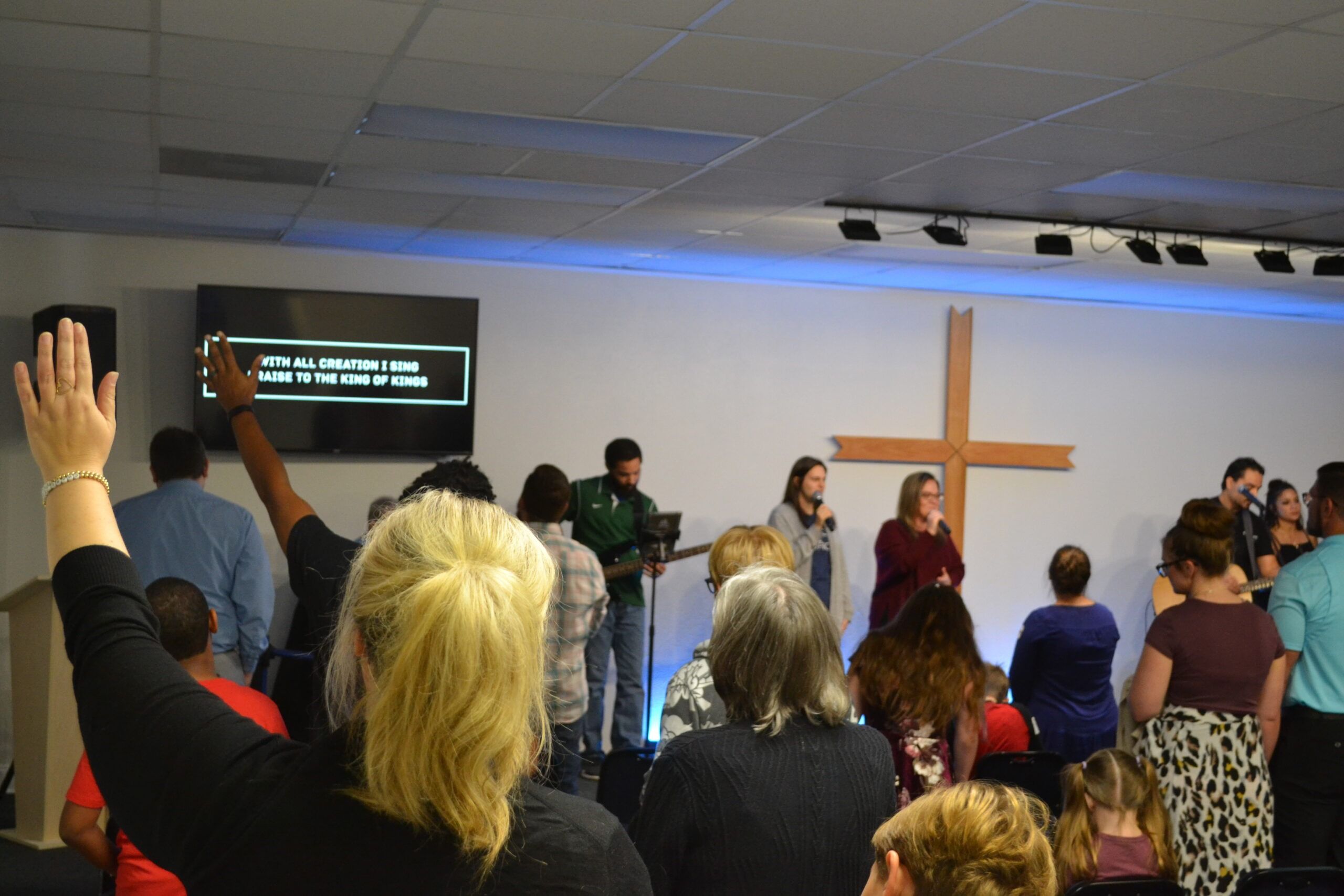Why we are having a Passover Seder
We are just days away from Easter Sunday, the day marked on our calendars to set aside and celebrate the resurrection of Jesus Christ. In reality, we celebrate the resurrection of Jesus every time we gather because we understand our gatherings are in vain if Jesus does not resurrect from the dead.
As we prepare to gather on Easter Sunday, there are two events that we host that are intended to draw our hearts to the finished work of Jesus Christ: Passover Seder and Good Friday. Both of these events I encourage you to attend with your family.
The Good Friday service is a time where we look directly at the brutality of the cross of Christ and sit in the violence of the crucifixion for the sins of the world. We will also participate in the Lord’s Supper together. Register for Good Friday here.
The focus of this post is on the Passover Seder. Let me first state that hosting a Passover Seder is in no way required for Christians to participate in. In fact, if we required it, we would be in the wrong! (See Galatians, Colossians 2, Romans 14) We are no longer under the Jewish Law, but we have freedom in Jesus Christ!
We host the Passover Seder simply as a discipleship opportunity for the entire family that connects the teachings of the Old Testament to Jesus. We constantly say at Grace Life that the Bible is one big story of Redemption, meaning, as Sally Llyod Jones states, “Every story (in the Bible) whispers His name”. While we won’t go into the full meal that was celebrated in the Old Testament, we will look at how the different elements of the meal connect to Jesus. Here’s an excerpt from the book we read from at the Seder.
Passover is the oldest and most important of Jewish religious festivals, commemorating God’s deliverance of the Hebrews from slavery in Egypt and his creation of the Israelite people. In its earliest forms it marked the beginning of the Jewish religious year (Ex 12:1; because of changes in calendars, later Judaism observed the beginning of the year in the Fall with Yom Kippur and Rosh Hashana). It is based on the rituals of ancient Israel preserved primarily in Exodus 12-14 in which Israelites celebrated their deliverance by God from slavery in Egypt. The term Passover refers to the tenth and final plague God brought upon the Egyptians to persuade Pharaoh to let the people go, the death of all the firstborn of Egypt. In obedience to God’s instructions, those who believed placed the blood of a lamb on the door posts of their homes, so that God would pass over” those homes. The festival actually celebrates the entire sequence of events that led to the Israelites’ freedom from slavery. While thoroughly based in those historical events, the celebration encompasses much more as it becomes a vehicle to celebrate the very nature of God and His gracious work in the world. It is in this larger dimension that Jesus adopted the Passover service as a sacramental remembrance of God’s new work of deliverance in the Christ, and allows Christians to celebrate this ancient festival.
One of my favorite aspects of the Passover (and really the Jewish culture as a whole) is the family integration. Our culture sends kids off to different classes and places but in the Jewish culture, the family was always together. I love family integrated worship. I love our Family Sundays and I love serving alongside of our kids. The Passover Seder provides an opportunity for families to sit together, participate together, and celebrate Jesus together.
At the Seder, your children will have a role at the table. They will participate just as if they were in a Jewish household, but they will clearly see that all of this is about Jesus. Any opportunity to point our kids to Jesus is an opportunity we must make.
And really that is why we do it. The more we can understand how the Old Testament points to Jesus, the greater appreciation we will have for God’s grand story of Redemption. From the beginning (Ephesians 1) God’s plan to redeem people from their sin was going to be through the death and resurrection of Jesus Christ. The Passover looked forward to His coming, we now look back at His finished work and look forward to His soon return. And when that day comes, we will gather as the people of God around the table and eat and celebrate all that Jesus has done for us.
If you haven’t already, register your family for the Passover Seder here.


